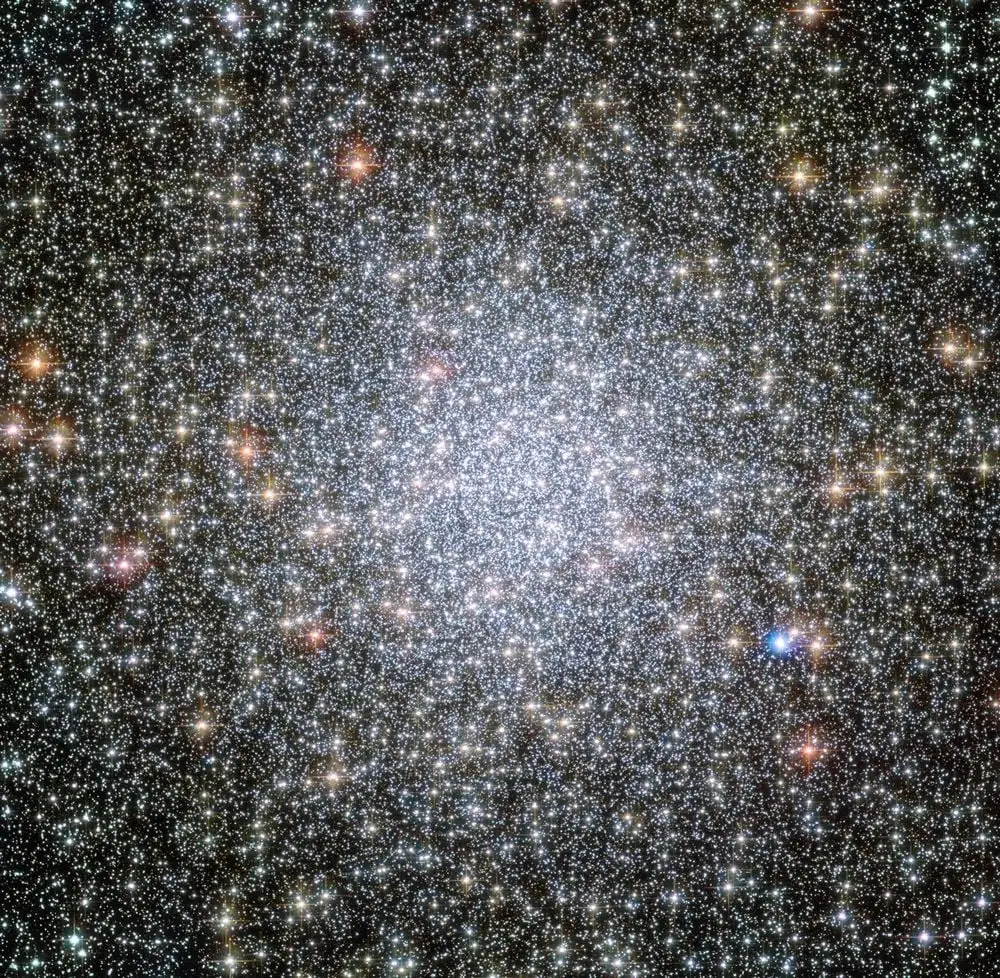Astronomers have revealed a remarkably detailed view of 47 Tucanae, one of the most intriguing globular clusters in the night sky. This insight comes from the Vera C. Rubin Observatory’s first public dataset from its Legacy Survey of Space and Time (LSST).
Led by Yumi Choi of the University of Washington’s DIRAC Institute, this early study, published on July 3, 2025, on arXiv, uses the observatory’s Data Preview 1 (DP1).
Located 14,700 light-years away in the constellation Tucana, 47 Tucanae, also known as NGC 104, is the second-brightest globular star cluster. This stellar metropolis, packed with hundreds of thousands of stars more than 12 billion years old, stands as a relic from the universe’s earliest days.
On June 23, 2025, the observatory amazed the scientific community by releasing its first images and detecting 2,104 previously unknown asteroids, including seven near-Earth objects, in just 10 hours of test observations. This remarkable achievement, representing more than 10 percent of the annual global asteroid discoveries, demonstrates Rubin’s exceptional capabilities.

The DP1 dataset, processed at the SLAC National Accelerator Laboratory, spans over 5 terabytes and catalogs 23 million celestial objects. Focusing on a field centered on 47 Tuc, the team used multi-band imaging (g, r, i, y) to study the cluster’s stellar composition.
By combining color-magnitude diagrams, Gaia DR3 proper-motion data, and advanced color-color filtering, they identified 3,576 member stars. This careful analysis confirms the cluster’s distance at 4.5 kiloparsecs (14,700 light-years) and reveals an old, metal-rich stellar population. The team also identified variable stars, including three RR Lyrae and two eclipsing binaries, highlighting the observatory’s sensitivity to changes in stellar brightness despite limited observation time.
The cluster’s dense core poses significant challenges. Saturation and overlapping starlight, along with contamination from the nearby Small Magellanic Cloud, led to gaps in the data. To address this, the team applied polynomial fitting in color-color diagrams to better separate stars from background galaxies compared to traditional methods.

They also studied photometric scatter, or changes in star brightness, and linked it to crowding, uneven dust, and instrumental noise. By simulating the cluster’s stellar population, they quantified these effects, laying the groundwork for more accurate future studies.
The Rubin Observatory’s early findings highlight its ability to observe dense stellar systems like 47 Tucanae, even amid crowding and saturation. As LSST moves toward its next data preview and first public release, astronomers look forward to even sharper views of this ancient cluster, offering new insights into stellar evolution and the early universe.
Read the full research paper on astro-ph.SR

